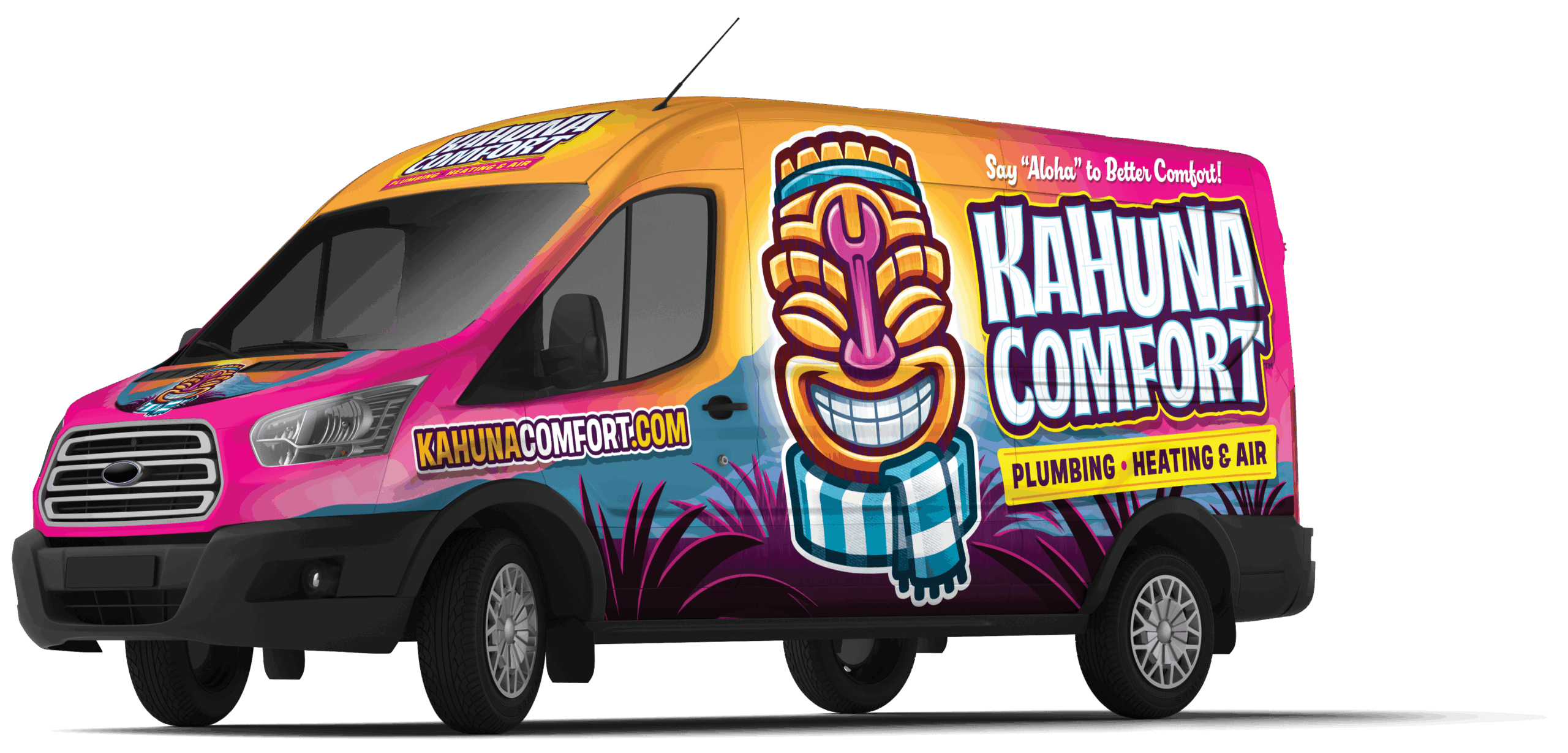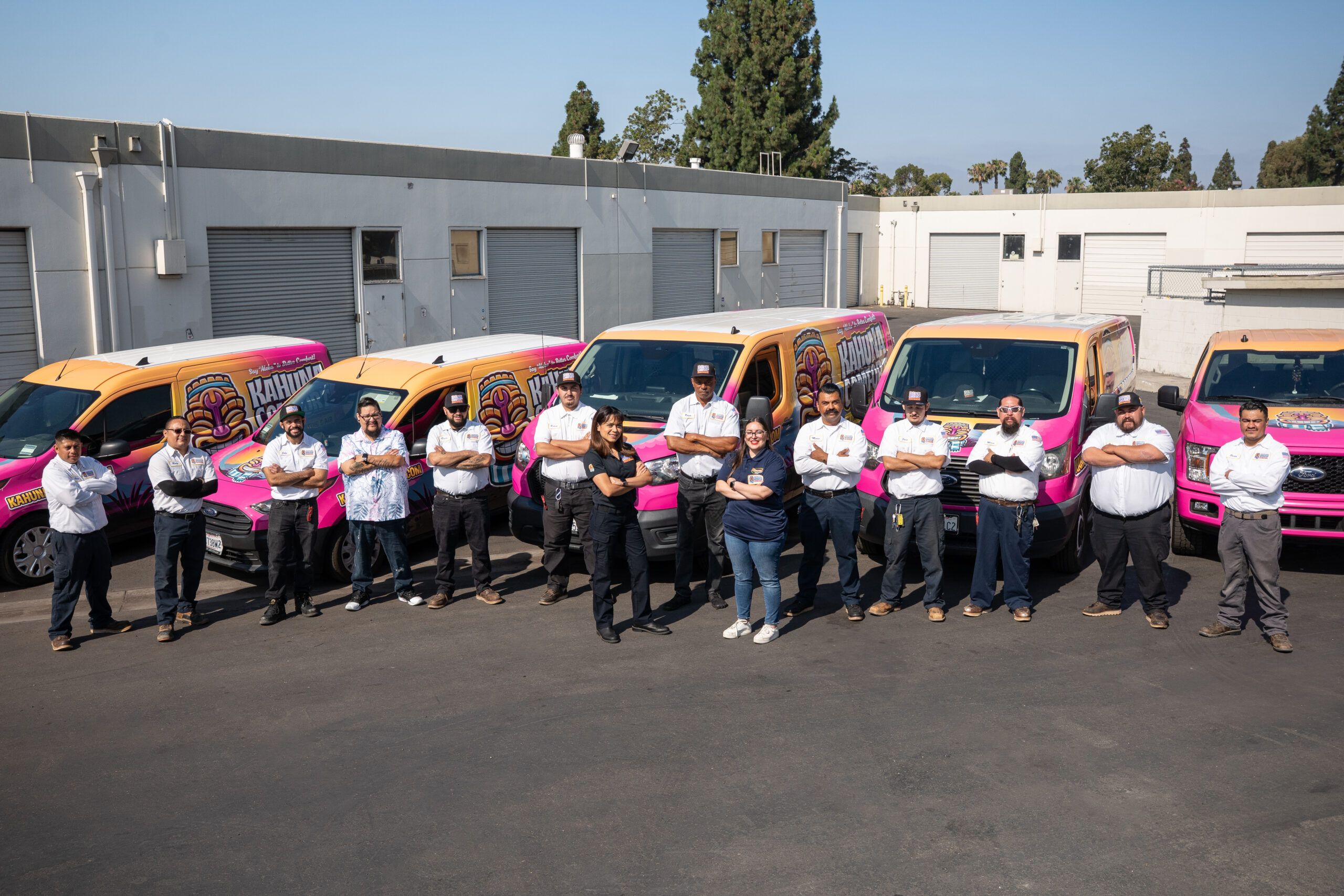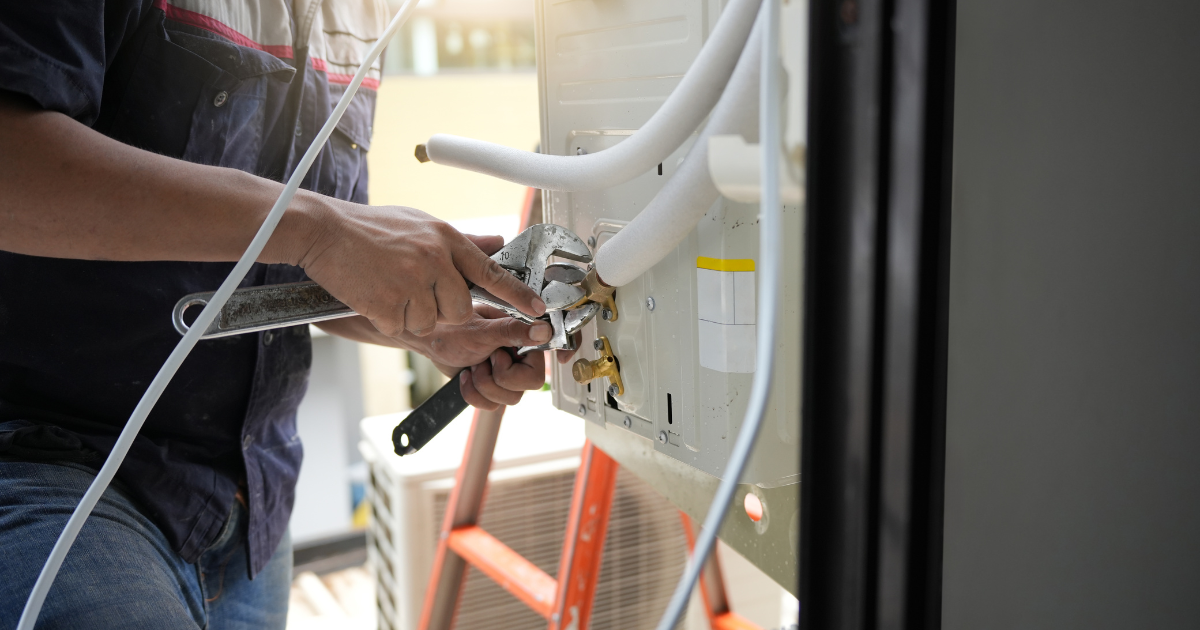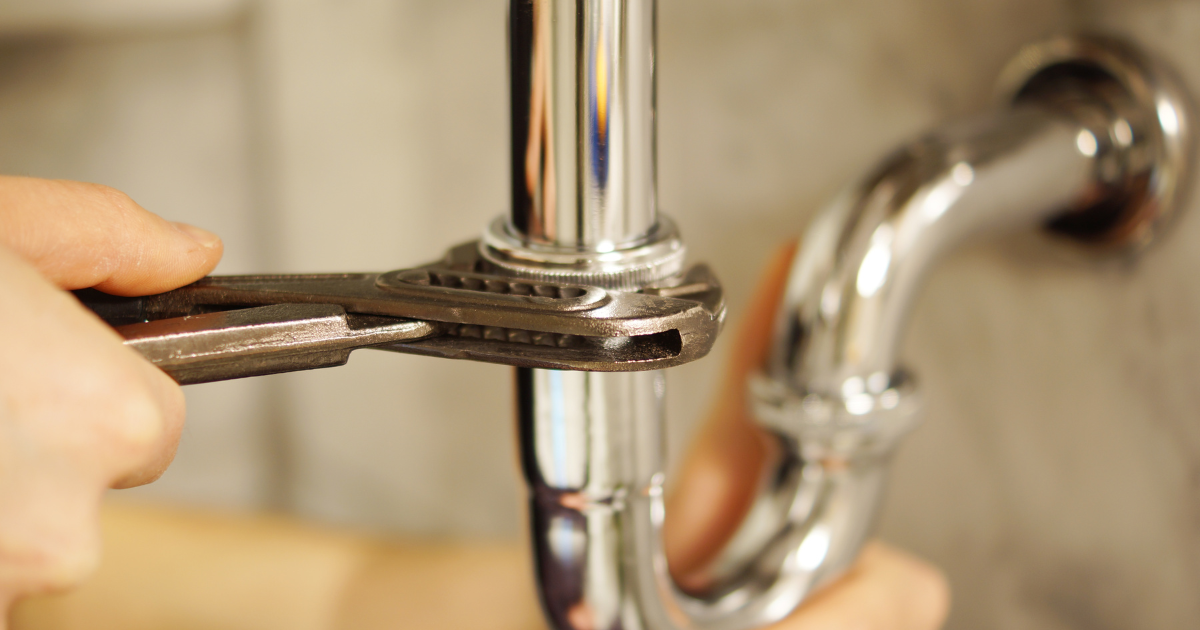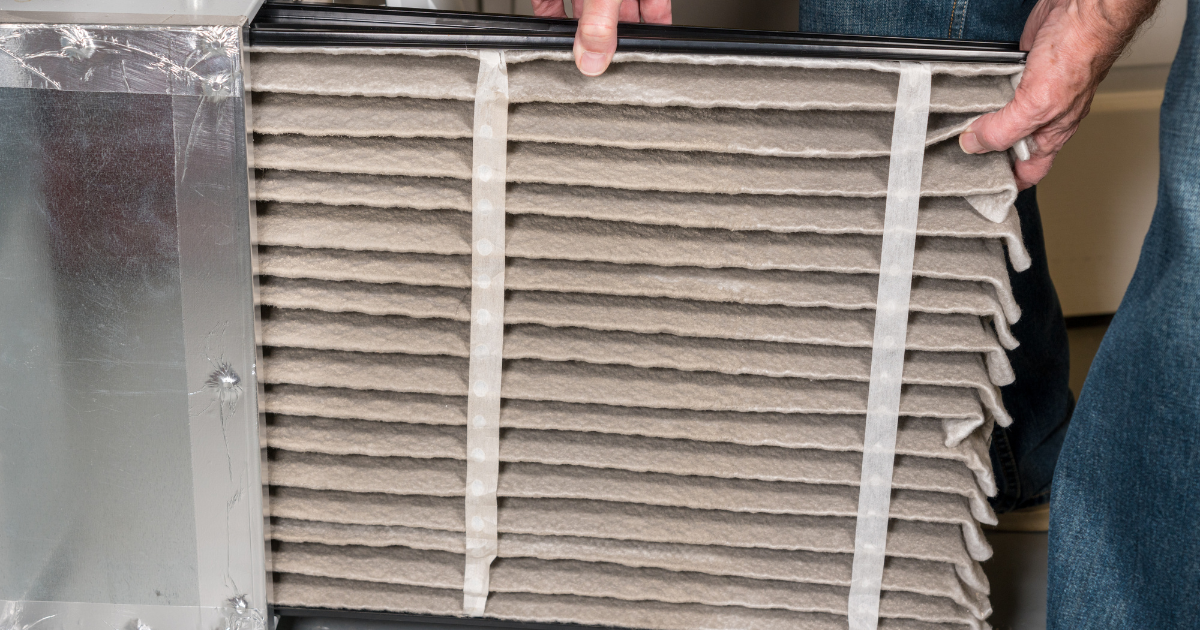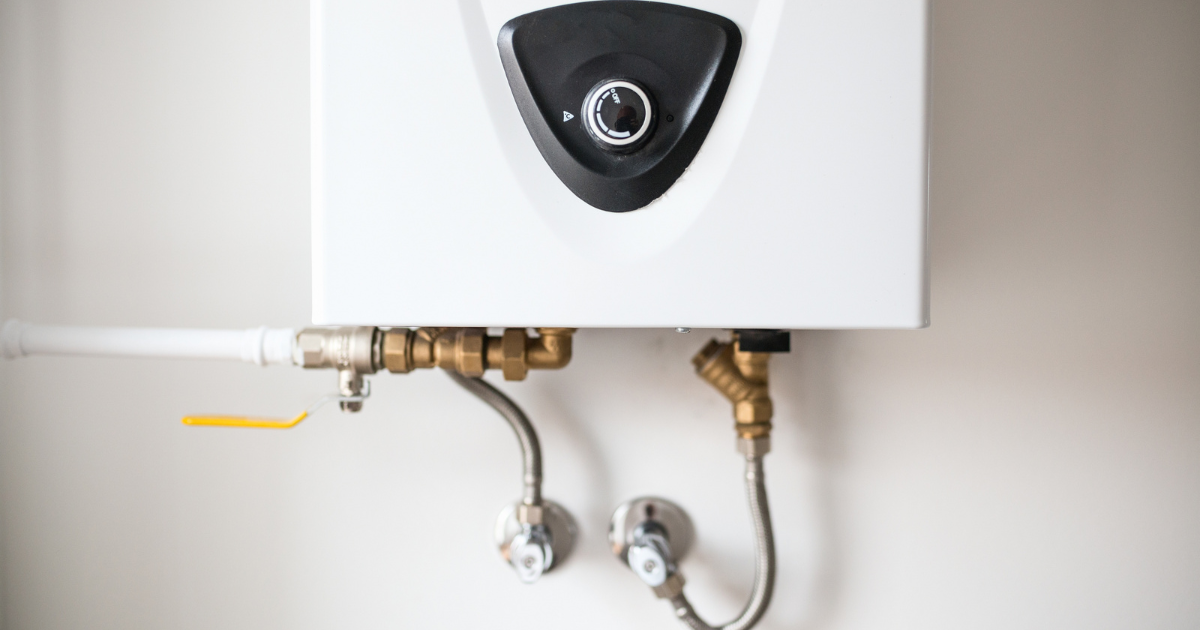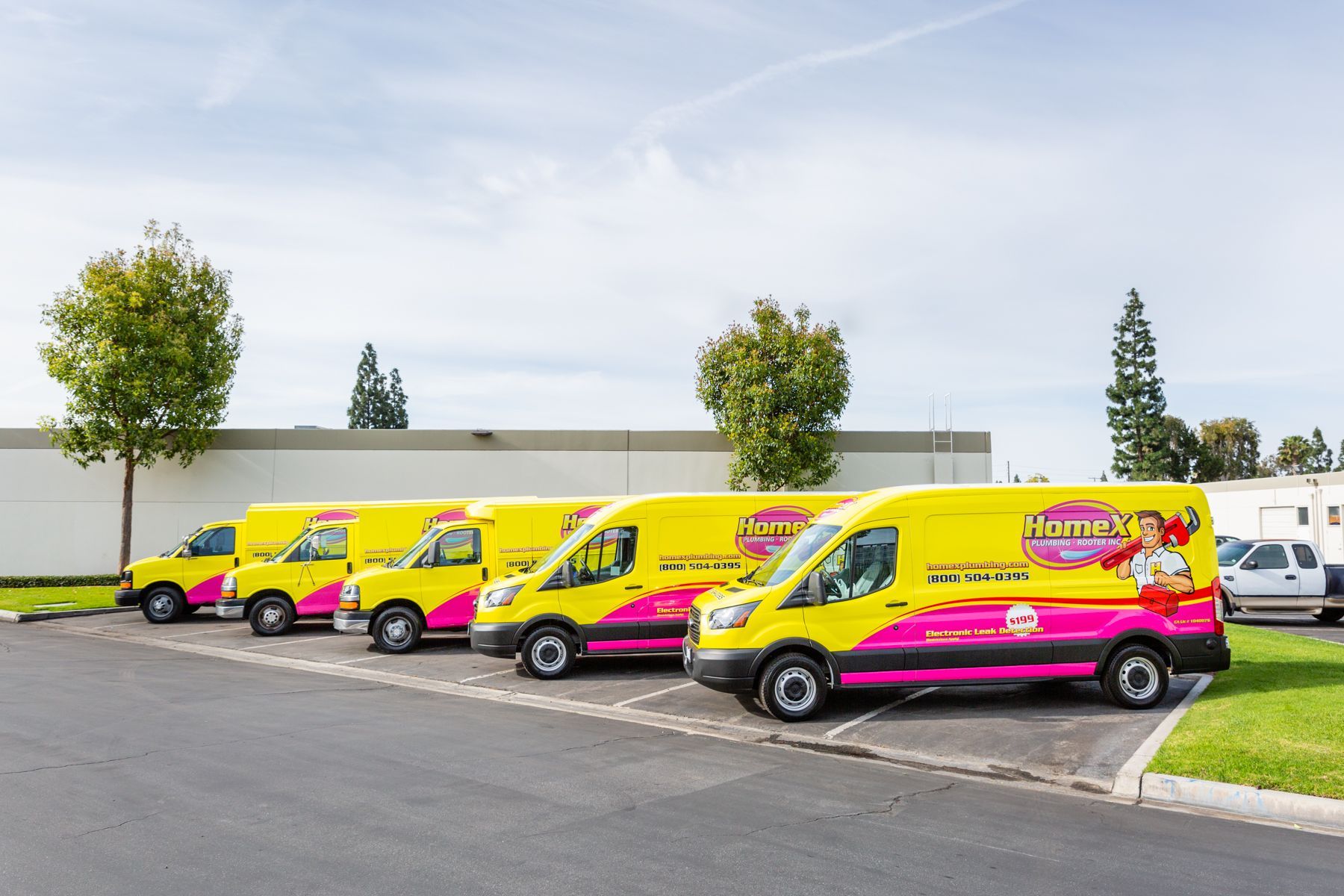Tankless Water Heater Installation Cost: What Anaheim Homeowners Should Know
If you’re tired of running out of hot water mid-shower or paying for energy to keep a tank full 24/7, a tankless water heater could be the perfect solution. More Anaheim homeowners are switching to these on-demand systems for their energy efficiency, compact design, and long-term savings. But one of the first questions people ask is, “How much does a tankless water heater installation cost?”
At Kahuna Comfort Plumbing, Heating & Air, we want you to understand exactly what to expect before investing in a new system. Let’s break down the average tankless water heater installation cost, what affects pricing, and how to know if the upgrade is right for your home.
Average Tankless Water Heater Installation Cost
In Anaheim, CA, homeowners can expect to pay between $4,000 and $7,500 for a complete tankless water heater installation. The total cost depends on factors such as the unit’s size, brand, fuel type, and any necessary upgrades to your home’s plumbing or gas lines. Here’s a general breakdown:
- Gas tankless water heaters: $4,000 to 7,500 (including installation)
- Electric tankless water heaters: $1,800–$3,000 (including installation)
- High-efficiency or condensing models: $4,000–$6,000
While these prices are higher than traditional tank-style units, the long-term benefits such as lower energy bills, longer lifespan, and endless hot water, often outweigh the upfront costs.
Factors That Affect Tankless Water Heater Costs
Not all homes or systems are the same, which is why installation costs can vary. Several factors influence how much you’ll pay for your new tankless water heater:
Type of Unit
Gas-powered models tend to cost more than electric ones due to higher equipment and venting requirements. However, they typically deliver higher flow rates, making them ideal for larger households.
Size and Capacity
Tankless water heaters are sized by flow rate (measured in gallons per minute). A small one-bath home might need a 5 GPM unit, while a larger home could require a 9–11 GPM model. The greater the capacity, the higher the cost.
Installation Complexity
Switching from a traditional tank to a tankless system may require plumbing rerouting, electrical upgrades, or new gas lines. If your existing setup isn’t designed for on-demand heating, labor and materials can increase total costs.
Venting Requirements
Gas tankless systems require proper venting for safe exhaust removal. Depending on your home’s layout, installing new stainless-steel or PVC venting can add to the overall project cost.
Brand and Efficiency Rating
Premium brands like Rinnai, Navien, or Noritz offer advanced features, such as Wi-Fi controls and condensing technology, which improve efficiency but also raise the price.
Labor and Permits
Professional installation ensures safety, code compliance, and system longevity. In Anaheim, permits and inspections may be required, and licensed plumbers typically charge based on experience and job complexity.
Tank vs. Tankless Water Heater Cost Comparison
Choosing between a conventional tank and a modern tankless water heater requires balancing the lower upfront investment of the tank against the significant long-term savings of the tankless system.
Conventional Storage Tank Costs
Traditional storage tank water heaters are generally less expensive to install, with costs typically ranging from $2,000 to $4,300 for a simple replacement in the Anaheim area. However, the tank unit has a shorter expected lifespan, usually lasting around 10 to 15 years. They also suffer from standby heat loss, resulting in a higher operational energy cost over time.
Tankless Water Heater Investment
Tankless water heaters require a higher initial investment, often ranging from $4,000 to $7,500 for total installation in Anaheim due to complex infrastructure modifications. The higher price is offset by a much longer lifespan of 20 years or more. Furthermore, they are significantly more energy efficient because they eliminate standby heat loss. For homes that use less hot water daily, tankless models can be 24% to 34% more energy efficient than conventional tanks.
The Long-Term Savings of Going Tankless
Although tankless systems cost more upfront, they can pay off over time in energy savings and performance. Traditional water heaters keep 40–50 gallons of water hot around the clock, while tankless systems heat water only when needed. Here are a few long-term benefits to consider:
- Energy Efficiency: Tankless models can reduce energy use by up to 30%, especially for homes that use less than 40 gallons of hot water per day.
- Endless Hot Water: You’ll never run out of hot water, even during back-to-back showers or laundry loads.
- Longer Lifespan: Tankless systems typically last 20 years or more, compared to 10–12 years for tank-style heaters.
- Space-Saving Design: Wall-mounted units free up valuable storage space in garages or utility rooms.
- Reduced Risk of Water Damage: Since there’s no storage tank, you eliminate the risk of tank leaks or bursts.
These benefits make a tankless system an attractive investment for Anaheim homeowners looking to improve comfort and efficiency.
Schedule Your Tankless Water Heater Consultation in Anaheim, CA
If you’re ready to enjoy endless hot water and lower energy bills, the experts at Kahuna Comfort Plumbing, Heating & Air can help you find and install the perfect tankless system for your Anaheim home. We specialize in professional installations, upgrades, and replacements designed to meet California energy standards and your family’s comfort needs.
Call (714) 406-4726 today or visit us online to schedule your tankless water heater consultation. Our team will walk you through your options and provide a detailed estimate so you can make an informed, confident investment in your home.
